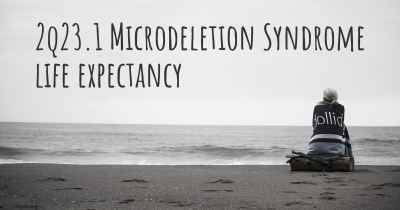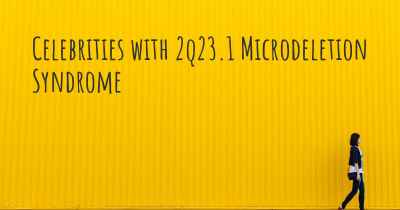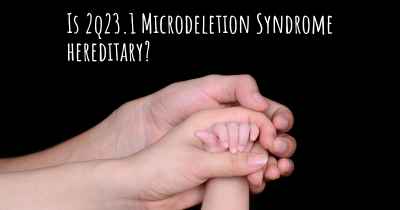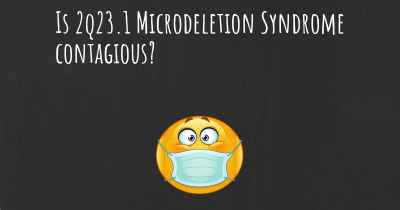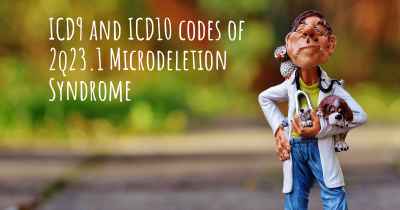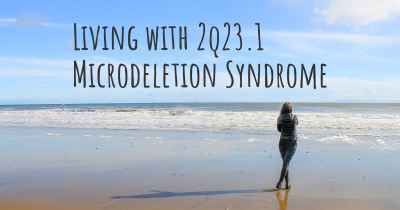How is 2q23.1 Microdeletion Syndrome diagnosed?
See how 2q23.1 Microdeletion Syndrome is diagnosed. Which specialists are essential to meet, what tests are needed and other useful information for the diagnosis of 2q23.1 Microdeletion Syndrome
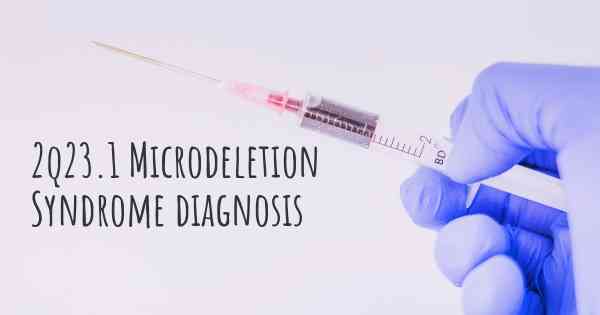
2q23.1 Microdeletion Syndrome Diagnosis
2q23.1 microdeletion syndrome is a rare genetic disorder caused by the deletion of a small piece of genetic material on the long arm of chromosome 2. This condition is characterized by a range of physical and developmental abnormalities. Diagnosing 2q23.1 microdeletion syndrome involves a combination of clinical evaluation, genetic testing, and imaging studies.
Clinical Evaluation:
The first step in diagnosing 2q23.1 microdeletion syndrome is a thorough clinical evaluation. A healthcare professional, such as a geneticist or pediatrician, will assess the individual's medical history, conduct a physical examination, and evaluate any symptoms or developmental delays present. The healthcare provider will look for characteristic features associated with the syndrome, including facial dysmorphism, intellectual disability, growth abnormalities, and congenital heart defects.
Genetic Testing:
Genetic testing plays a crucial role in confirming the diagnosis of 2q23.1 microdeletion syndrome. There are several types of genetic tests that can be performed:
1. Chromosomal Microarray Analysis (CMA):
CMA is a high-resolution genetic test that can detect small deletions or duplications of genetic material. It is the most commonly used test for diagnosing 2q23.1 microdeletion syndrome. CMA compares the patient's DNA to a reference DNA sample, identifying any missing or extra pieces of genetic material. This test can accurately detect the deletion on chromosome 2q23.1 and provide information about the size and location of the deletion.
2. Fluorescence In Situ Hybridization (FISH):
FISH is a genetic test that uses fluorescent probes to visualize specific regions of chromosomes. It can be used to confirm the presence of the 2q23.1 microdeletion by detecting the absence of genetic material in that region. FISH is often used as a follow-up test after CMA to provide additional confirmation.
Imaging Studies:
In addition to genetic testing, imaging studies may be performed to evaluate any structural abnormalities associated with 2q23.1 microdeletion syndrome. These studies can include:
1. Echocardiogram:
An echocardiogram is an ultrasound of the heart that can detect congenital heart defects, which are commonly seen in individuals with 2q23.1 microdeletion syndrome. This non-invasive test provides detailed images of the heart's structure and function.
2. Magnetic Resonance Imaging (MRI):
MRI uses powerful magnets and radio waves to create detailed images of the body's organs and tissues. It can be used to assess brain structure and detect any abnormalities or malformations that may be present in individuals with 2q23.1 microdeletion syndrome.
Conclusion:
Diagnosing 2q23.1 microdeletion syndrome involves a comprehensive approach that combines clinical evaluation, genetic testing (such as CMA and FISH), and imaging studies (such as echocardiogram and MRI). These diagnostic tools help healthcare professionals confirm the presence of the microdeletion on chromosome 2q23.1 and evaluate the associated physical and developmental abnormalities. Early diagnosis is crucial for appropriate medical management and support for individuals with this rare genetic disorder.
